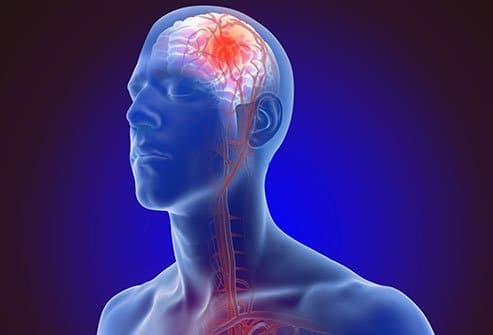Although all the organs of the human body are important, the human brain is considered to be the main organ because of its ability to control those organs. That is why nature has protected our brain in a small skull between eight very hard bones.
Our brain is made up of cells called neurons, which are supported by other cells called glia.
From these neurons, the human body performs the necessary functions by exchanging messages between the brain and various parts of the body.
Neurons in the brain use oxygen and glucose from blood vessels as their food.
There are four main arteries to carry blood from our heart to the brain: two carotid arteries on the right and left side of the trachea in front of the throat and two vertebral arteries passing between the bones behind the neck.
Just below the brain, these four arteries join together to form a circle, called the Circle of Willis.
Therefore, even if the blood flow is stopped for a while due to a malfunction in any of these four arteries, nature has structured the brain so that even one of the remaining arteries can circulate blood to all parts of the brain.
After merging into the Circle of Willis, blood divides into six main arteries (3 right and 3 left brain) and circulates to different parts of the brain. These six arteries are called cerebral arteries.
Blood circulates through the anterior part of the brain, the middle part, and the posterior cerebral artery in the posterior part.
But if for some reason these arteries become blocked or the arteries rupture, the supply of food to the neurons in the brain stops and the neurons begin to die. Thus, when many neurons die in any part of the brain, even the part of the body that controls that part stops working.
For example, in the bronchial area in the anterior part of the brain, when blood flow is blocked or bleeding neurons die, a person’s speech becomes slurred, because the neurons in this part control the art of speaking.
Therefore, in the absence of blood circulation, the condition in which neurons in any part of the brain do not work and various parts of the body stop working is called cerebral palsy.
Stroke is the leading cause of death in the world. According to the US Centers for Disease Control and Prevention (CDC), 1 in 6 people who die of cardiovascular disease in 2018 had a stroke, and more than 600,000 Americans suffer a stroke each year.
In the United States, one person has a stroke every 40 seconds, and every 4 minutes a stroke kills someone.
One-third of stroke patients die instantly, one-third develop lifelong severe paralysis, and the rest develop general problems.
Despite the tireless efforts of scientists, no cure for stroke has yet been developed (exception: TPE, the only drug with a very negative effect on acute ischemic stroke, was approved by the FDA about 25 years ago).
There are usually two types of cerebral palsy.
First, blood vessel blockage, which occurs in more than 85% of all cerebral palsy cases, is called ischemic stroke.
Second, a stroke caused by a ruptured blood vessel (bleeding) is called a hemorrhagic stroke.
Therefore, in this article, I will discuss about hemorrhagic stroke. We will discuss ischemic stroke separately in the future.
Although hemorrhagic stroke is fatal in relatively few people, it can be fatal. Since there is no place for blood to come out of a ruptured blood vessel, it slowly begins to compress the brain (since the brain is very soft, even a small amount of water or blood can compress the brain with a lot of pressure).
There are two types of hemorrhagic stroke depending on where the blood clots in the brain.
Intracerebral hemorrhage is when a blood vessel ruptures inside a brain tissue.
A rupture of a blood vessel below the bone on the surface of the brain is called subarachnoid hemorrhage.
Intracerebral hemorrhage, a rupture of a blood vessel in the inner part of the brain, usually occurs in people with chronic high blood pressure or diabetes, or in an accidental rupture of a blood vessel.
In some people, it may be due to a weakening of blood vessels or a decrease in blood flow.
Just below the bone covering the brain, there are three thin membranes covering the brain, called meninges.
At the top is the dura, in the middle is the arachnoid, and at the bottom is the pia mater.




